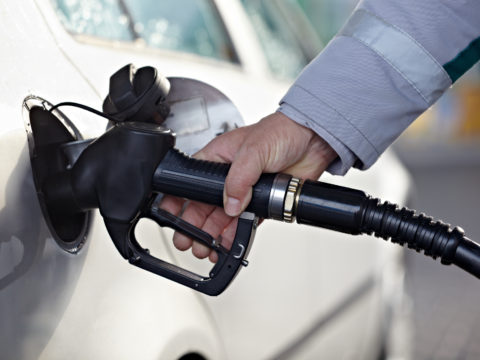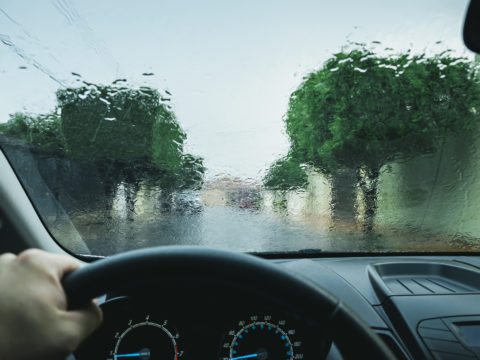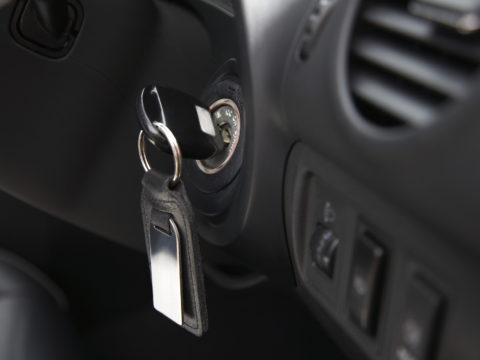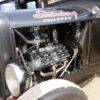Your engine’s idle state can reveal much about how well its various components interact. Rough idling is a frequent issue that can be challenging to resolve. Knowing how to spot rough idling, what causes it, and how to correct it is crucial for the health of your engine.
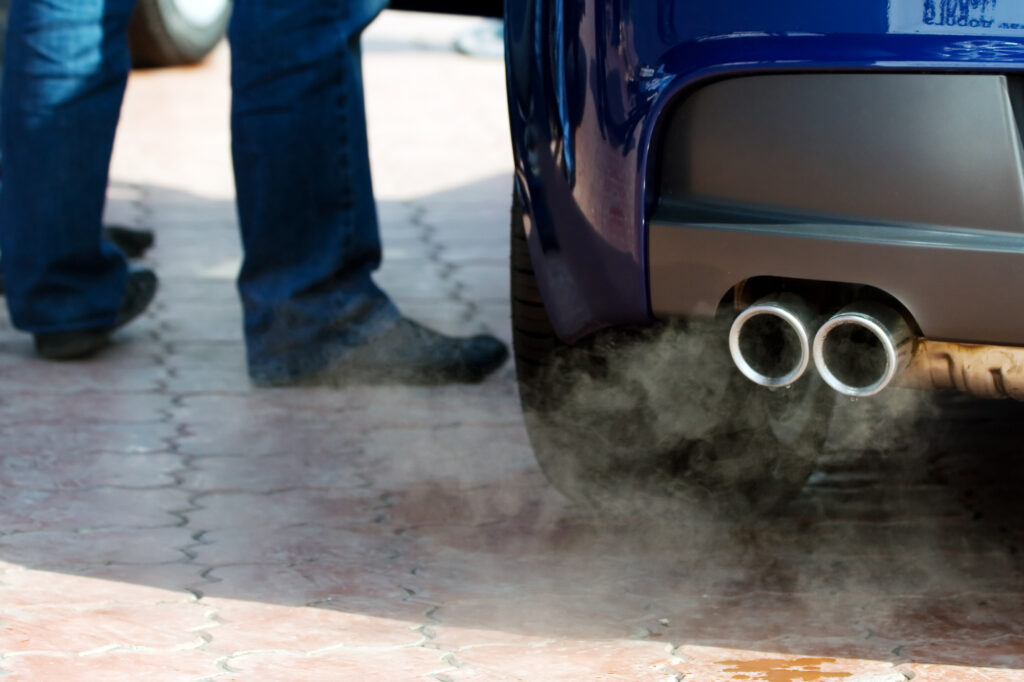
Contents
What Is the Normal Idle RPM for a Car?
Numerous factors exist when determining the ideal idle RPM for your car. Different engines require various idle speeds. Various factors can alter this value, including temperature, altitude, and even the fuel used, can alter this value. So, what RPM does a car idle at?
Your car’s make and model will determine the RPM. It usually ranges between 600 and 1000 RPM. Your car may need a tune-up if it idles at fewer than 600 RPM. The engine is having trouble if it idles at more than 1000 RPM.
What is Rough Idling?
Idling is when you start your car and leave it running without depressing the gas pedal or changing gears. An engine should maintain a low, constant speed of less than 1,000 RPM.
The needle on your tachometer ought to remain stationary and not budge. The most crucial components of your car, such as the power steering, electrical system, and cooling system, can all be operated when your engine is functioning well. Your engine’s smooth operation indicates that the gasoline and air are blended.
A smooth idle normally depends on the proper amount of fuel and air combined. Conversely, a rough idle is jerky, fluctuates in speed, or is difficult to maintain at the same pace. It results from fuel and air being incorrectly assimilated.
A precise diagnosis can be very beneficial in such circumstances. A mechanic will diagnose the problem and recommend the best course of action.
Rough Idle Symptoms
Even if a rough idle is bothersome, you shouldn’t disregard it. It usually indicates that a bigger issue exists. When should you then bring it in to be tested? Observe the warning indicators listed below.
Slow Acceleration
The vehicle goes slowly when the engine is running poorly. A damaged fuel pump or sensor could be the root of delayed acceleration. Take your vehicle to a professional if you believe one of these to be wrong.
Low Fuel Economy
An excellent indicator of rough idling is low fuel economy. It may be difficult for fuel to enter the engine due to a clogged or outdated fuel filter or a damaged fuel injector.
Difficulty Starting the Car
Starting an automobile with a rough idle is challenging. You should address the issue right away to prevent it from getting worse.
Engine Stalling
It’s a predicament when an engine ceases running. If the engine stalls, the car probably has a rough idle. It might be brought on by a deficiency in air, power, fuel, or an electric spark. Insufficient fuel, a mechanical issue, or an unexpected increase in engine load are other potential causes.
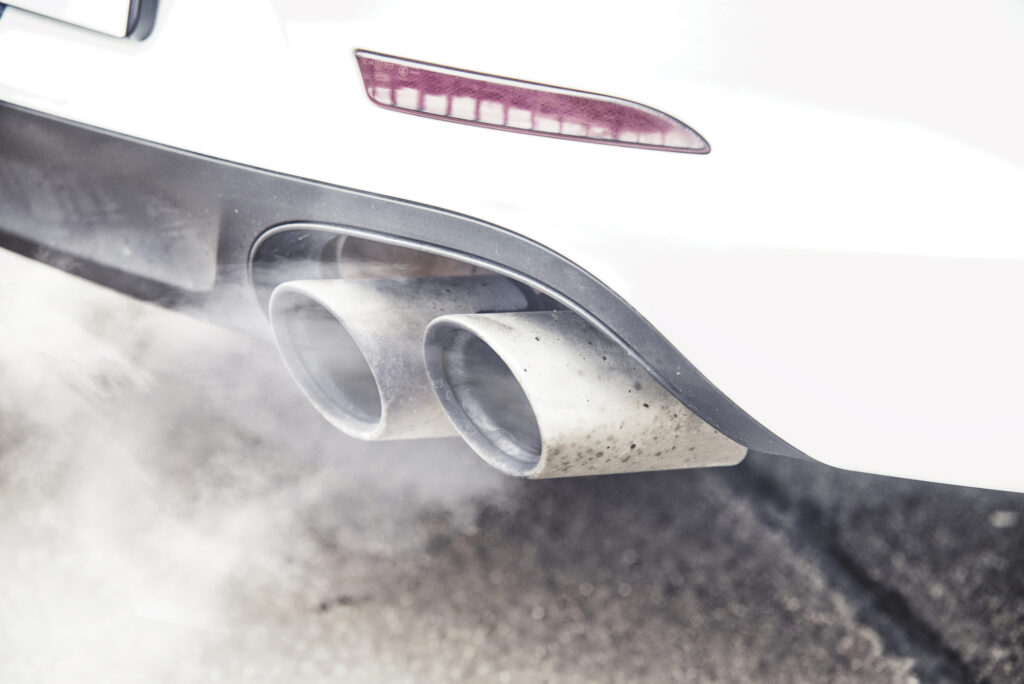
What Causes a Car to Idle Rough?
Numerous engine issues can lead to a rough idle. Some are simple to prevent and resolve. Here are some of the most typical causes of a rough idle:
Blocked Fuel Injectors
The high-pressure fuel injectors in today’s emission-controlled engines deliver the proper quantity of gasoline into each cylinder at the right moment, resulting in extremely fuel-efficient engines. Your fuel injectors will operate in a tough environment with high temperatures and fuel pressures.
The small apertures in the spray nozzles of the injectors might become blocked by carbon, a combustion byproduct. This results in the car running substantially poorer, possibly making it difficult to idle since less gas reaches the injectors.
Spark Plugs
Your engine’s cylinders receive their electric spark from the spark plugs. As a result, the spark plug’s ability to generate power is diminished. Long-term use can get the spark plugs blocked with carbon residue, oil, or ash from the burning process.
The electrodes may become worn if you don’t change your plugs when you’re meant to. Such issues may result in a rough idle and various other engine issues.
Air Cleaner
The engine air filter prevents debris like dirt and dust from entering the engine. Most engine air filters become clogged if not replaced frequently. Most auto manufacturers recommend changing the air filter once a year. Your manual contains information about this.
Your engine requires the proper amount of air and fuel to run. A clogged filter makes air entering the engine difficult, causing a rough idle. You might also use extra fuel as a result.
How Do You Fix a Rough Idle on a Car?
You must figure out how to fix the rough idle if your car jerks while idling. Here are some quick fixes for your vehicle’s rough idle:
Blocked Fuel Injectors
If your car has blocked fuel injectors, you should remove and manually clean them. Keep them clean using gasoline or diesel fuel, which has a high concentration of detergents that prevent carbon deposits from accumulating in your engine.
Spark Plugs
Take off your spark plugs and give them a close inspection. You can analyze their state to determine the cause of your rough idle. Carbon buildup could indicate that the spark was too weak or that the mixture was too rich. If this is the case, replace your spark plugs as instructed by the manufacturer.
Air Cleaner
Remove the old air filter and replace it with a new one. Removing any accumulated dirt in the housing is critical before reassembling the filter.
Is It Safe to Drive a Car With a Rough Idle?
It is unsafe to drive a car with a rough idle due to the difficulty of controlling it. Rough idling may cause the vehicle to accelerate potentially. It will also be challenging for your car to slow down when you apply the brakes.
Another issue is that your automobile might speed up if you let go of the brake, which is hazardous. Imagine releasing the brake only to speed up your vehicle and collide with the vehicle in front of you.
Conclusion
Your engine’s idle quality can reveal a lot about its general health. There are several potential causes for rough idle. You should resolve the issue immediately and rule out all potential causes. Correcting the issue is ideal, as it can harm your car’s performance. Consult a specialist if you are unsure of the nature of the issue.


